Spice It Up: A Flavorful Guide to Korean Food Seasonings
Korean cuisine is a symphony of bold flavors, vibrant colors, and unique textures. At the heart of this culinary artistry are korean food seasonings, which bring depth, heat, and complexity to every dish. Whether you're a seasoned chef or a home cook with a passion for global flavors, understanding these seasonings can transform your cooking experience. In this article, we’ll explore the most popular korean food seasonings, how they’re used, and some practical tips to help you master their use in your own kitchen.
Table of Contents
- What Are Korean Food Seasonings?
- Popular Korean Seasonings
- How to Use Korean Seasonings
- Buying Guide for Korean Seasonings
- Tips for the Home Cook
- Conclusion
What Are Korean Food Seasonings?
Korean food seasonings are the essential ingredients that define the flavor profile of Korean dishes. These include a wide range of fermented, dried, and fresh ingredients such as gochujang (Korean chili paste), doenjang (fermented soybean paste), sesame oil, garlic, ginger, and more. Unlike Western seasoning blends, Korean seasonings often rely on natural fermentation and minimal processing to achieve their distinct taste and aroma.



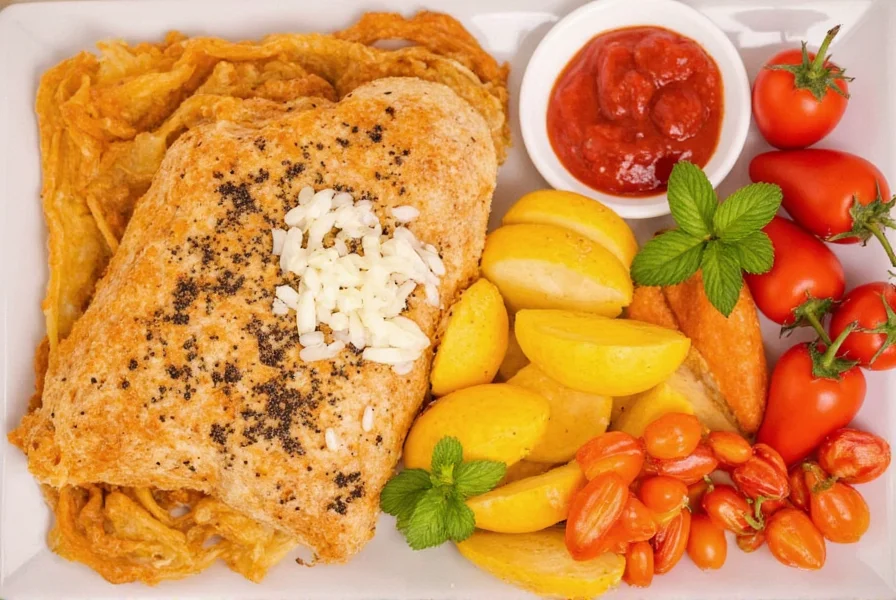
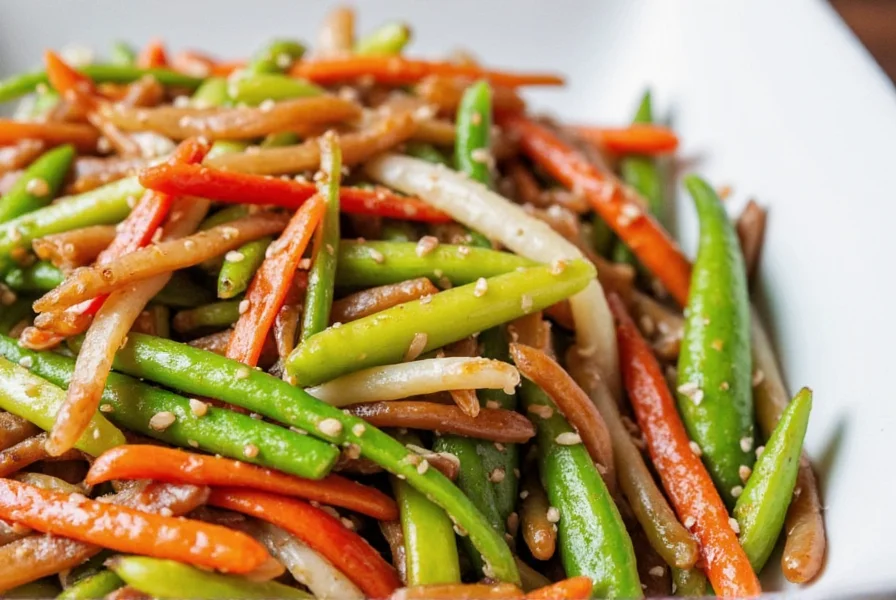
These seasonings not only add flavor but also contribute to the health benefits of Korean cuisine, thanks to their high content of probiotics, antioxidants, and vitamins.
Popular Korean Seasonings
Here’s a list of the most commonly used korean food seasonings:
| Seasoning | Description | Flavor Profile | Common Uses |
|---|---|---|---|
| Gochujang | Fermented chili paste made from red pepper flakes, glutinous rice, and soybeans. | Sweet, spicy, and umami-rich. | Kimchi, tteokbokki, stews, and marinades. |
| Doenjang | Fermented soybean paste with a deep, salty, and savory flavor. | Salty, umami, and slightly sour. | Jjigae (stews), soups, and dipping sauces. |
| Gochugaru | Dried and ground red pepper flakes used for making kimchi and spice blends. | Spicy and slightly sweet. | Kimchi, spicy sauces, and seasoning mixes. |
| Ssamjang | A thick, pungent sauce made from gochujang and doenjang. | Salty, spicy, and rich. | Wrap meats, vegetables, and rice in lettuce or perilla leaves. |
| Garlic & Ginger | Fresh or powdered forms of these aromatic roots. | Pungent, spicy, and fragrant. | Marinades, stir-fries, and seasoning bases. |
Each of these ingredients has its own unique role in Korean cooking, and knowing how to use them will elevate your dishes to new heights.
How to Use Korean Seasonings
Using korean food seasonings effectively requires a bit of practice and experimentation. Here are some tips to help you get started:
- Balance is key: Korean cuisine often balances spicy, salty, sweet, and umami flavors. Use seasonings like gochujang and doenjang sparingly at first, then adjust to taste.
- Use fresh ingredients: Fresh garlic and ginger provide a brighter, more aromatic flavor than their dried counterparts. If using dried, rehydrate them before adding to dishes.
- Experiment with combinations: Try mixing gochujang with sesame oil or soy sauce for a quick and flavorful glaze. You can also blend doenjang with gochugaru for a homemade version of ssamjang.
- Store properly: Fermented seasonings like gochujang and doenjang should be stored in airtight containers in the refrigerator to maintain their quality and prevent spoilage.
- Start small: Some seasonings, like gochugaru, can be very spicy. Begin with a small amount and increase gradually based on your preference.
Buying Guide for Korean Seasonings
If you're looking to incorporate korean food seasonings into your cooking, here's a guide to help you choose the right products:
1. Gochujang (Korean Chili Paste)
Features: Thick, fermented, and full-bodied.
Advantages: Adds depth and heat to any dish.
Use Cases: Kimchi, tteokbokki, stews, and marinated meats.
Target Audience: Anyone who loves spicy and umami-rich dishes.
Suitable Occasions: Weeknight dinners, Korean-inspired recipes, or adventurous cooking nights.
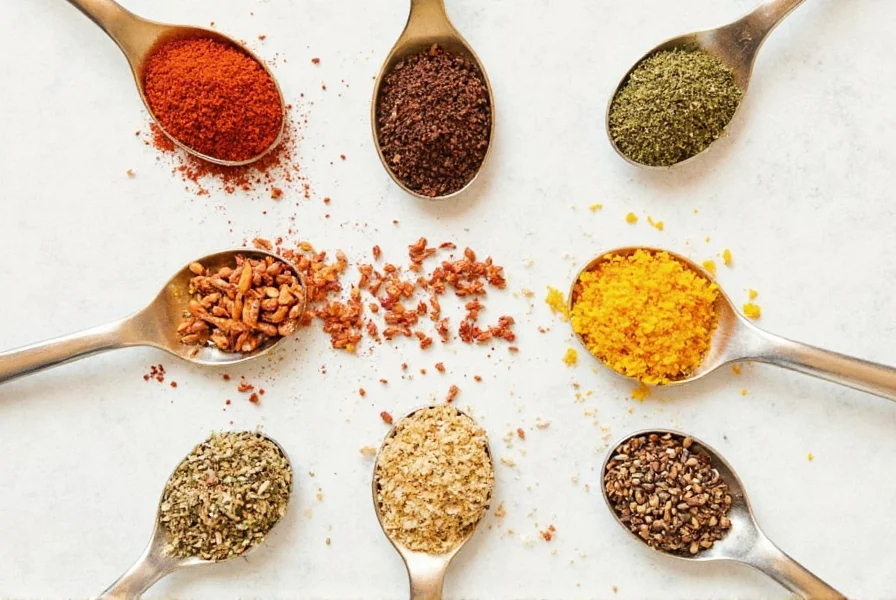
2. Doenjang (Fermented Soybean Paste)
Features: Deeply fermented, with a complex flavor profile.
Advantages: Rich in umami and beneficial for gut health.
Use Cases: Jjigae, soups, and as a base for dipping sauces.
Target Audience: Health-conscious cooks and those interested in traditional Korean cuisine.
Suitable Occasions: Family meals, slow-cooked dishes, or gourmet-style Korean cooking.

3. Gochugaru (Korean Red Pepper Flakes)
Features: Dried and ground red pepper flakes with a mild to medium heat level.
Advantages: Versatile and essential for making kimchi and spicy sauces.
Use Cases: Kimchi, gochujang, and spice blends.
Target Audience: Home cooks who enjoy making their own spicy dishes.
Suitable Occasions: Kimchi-making sessions, festive meals, or flavor-enhancing projects.
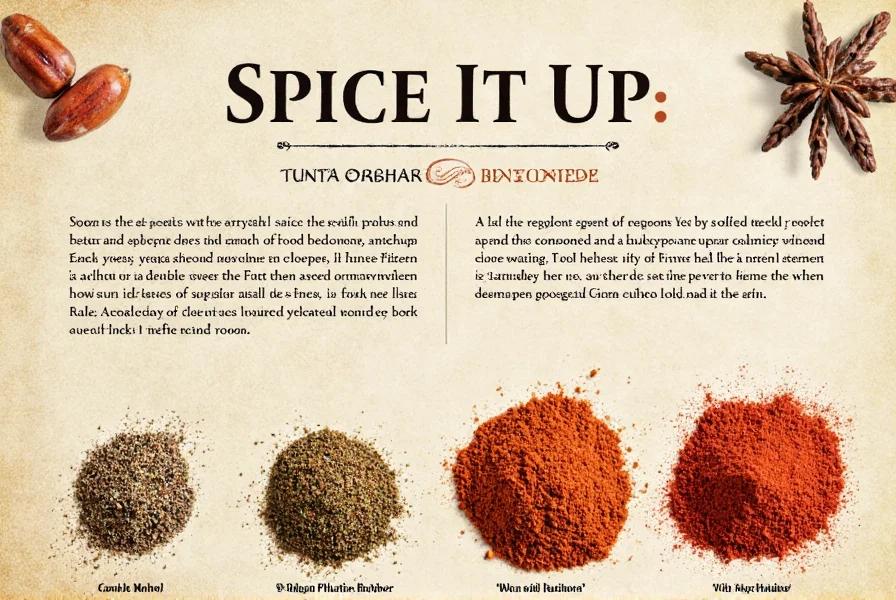
4. Ssamjang (Korean Wrap Sauce)
Features: A thick, pungent sauce made from gochujang and doenjang.
Advantages: Adds bold flavor and texture to wraps and side dishes.
Use Cases: Wrapping meat, vegetables, or rice in lettuce or perilla leaves.
Target Audience: Those who enjoy Korean street food or banchan (side dishes).
Suitable Occasions: Casual dining, gatherings, or quick lunches.
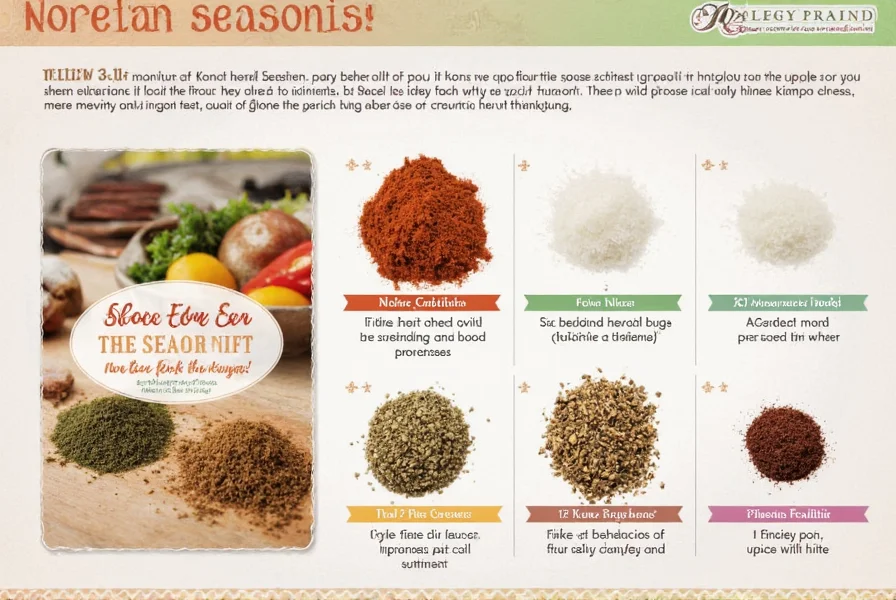
5. Garlic & Ginger
Features: Aromatic and pungent, available in fresh or powdered form.
Advantages: Enhances flavor and adds fragrance to dishes.
Use Cases: Marinades, stir-fries, and seasoning bases.
Target Audience: Everyone from casual cooks to professional chefs.
Suitable Occasions: Everyday cooking, special occasions, or recipe experimentation.
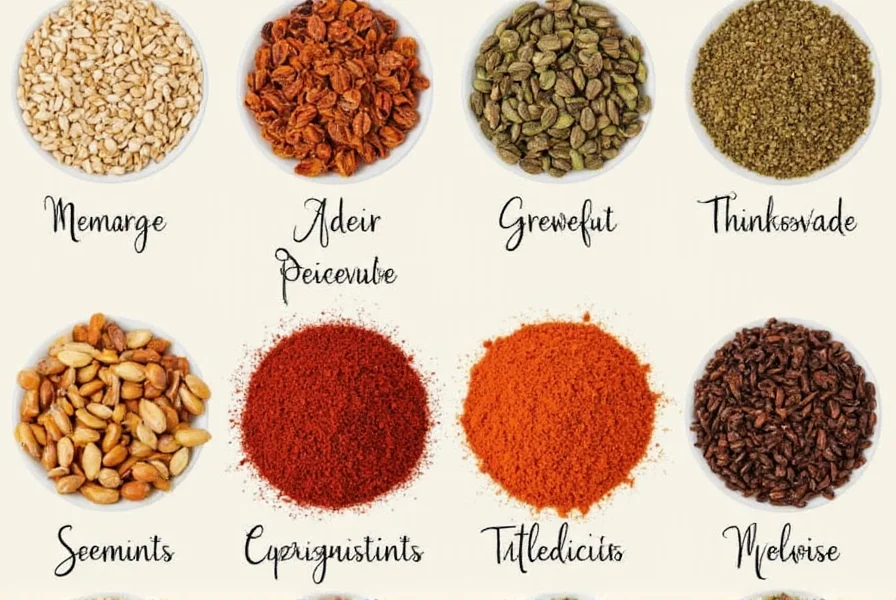
When purchasing korean food seasonings, look for reputable brands that use traditional methods and high-quality ingredients. Many Asian grocery stores and online retailers offer a wide selection of authentic products.
Tips for the Home Cook
Here are some practical tips to help you make the most of your korean food seasonings:
- Invest in a good set of tools: A mortar and pestle can help grind spices and mix seasonings more effectively.
- Keep it simple: Don’t overcomplicate things. Start with a few key seasonings and build your way up.
- Experiment with ratios: Adjust the amount of gochujang or gochugaru based on your taste preferences.
- Try different varieties: Some gochujang brands have a sweeter profile, while others are more fermented and tangy. Find what works best for you.
- Pair with complementary ingredients: Use sesame oil to balance out the heat of gochujang, or add a splash of rice vinegar to brighten up a dish.
Korean food seasonings are a gateway to a world of bold and exciting flavors. With a little practice, you'll be able to create delicious, authentic Korean dishes that impress your friends and family.
Conclusion
Korean food seasonings are more than just ingredients—they're the soul of Korean cuisine. From the fiery kick of gochujang to the deep umami of doenjang, each seasoning plays a vital role in shaping the flavor of every dish. Whether you're a beginner or an experienced cook, exploring these seasonings can open up a whole new realm of culinary possibilities.
So why not start today? Grab a jar of gochujang, a bag of gochugaru, and let your taste buds embark on a journey through the vibrant world of Korean food seasonings. Remember, the key to great cooking is curiosity, creativity, and a willingness to experiment—just like the chefs of Korea themselves!

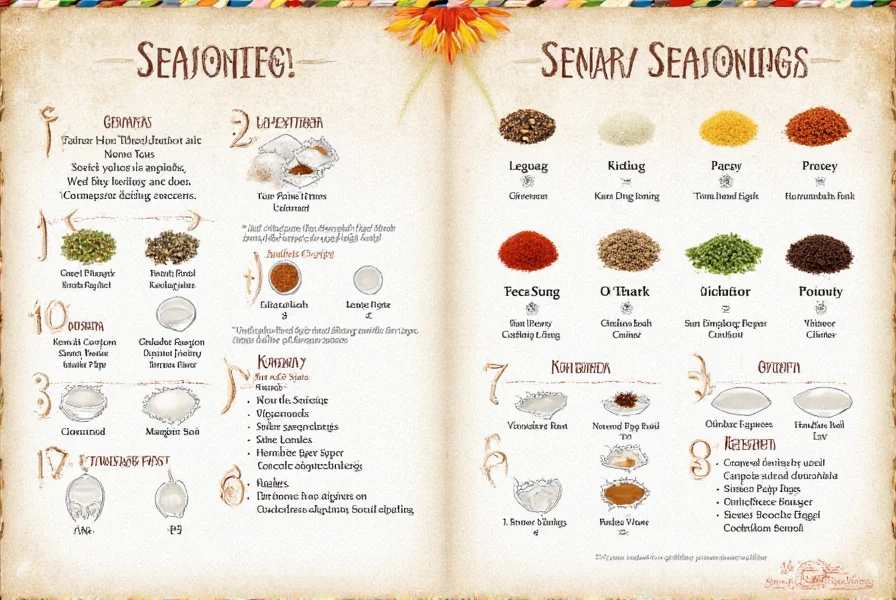









 浙公网安备
33010002000092号
浙公网安备
33010002000092号 浙B2-20120091-4
浙B2-20120091-4